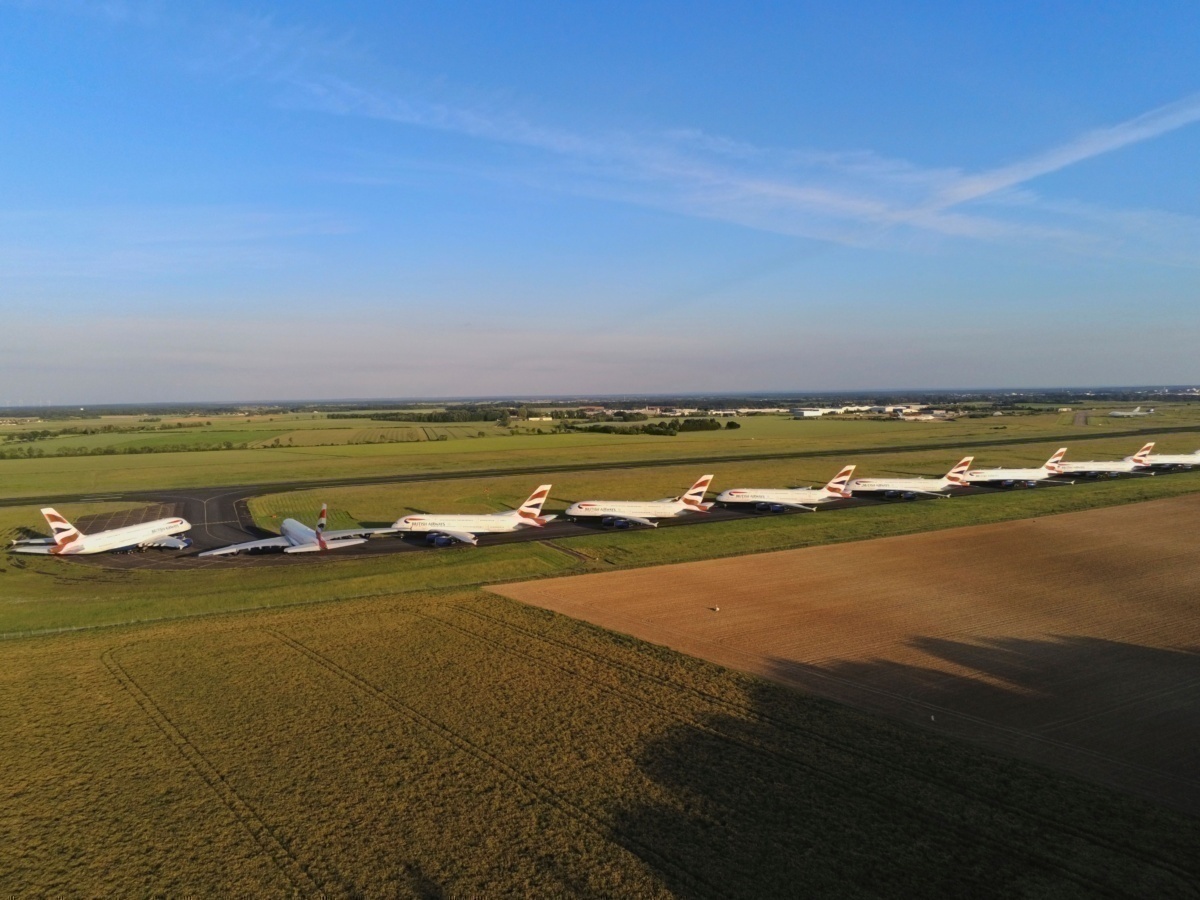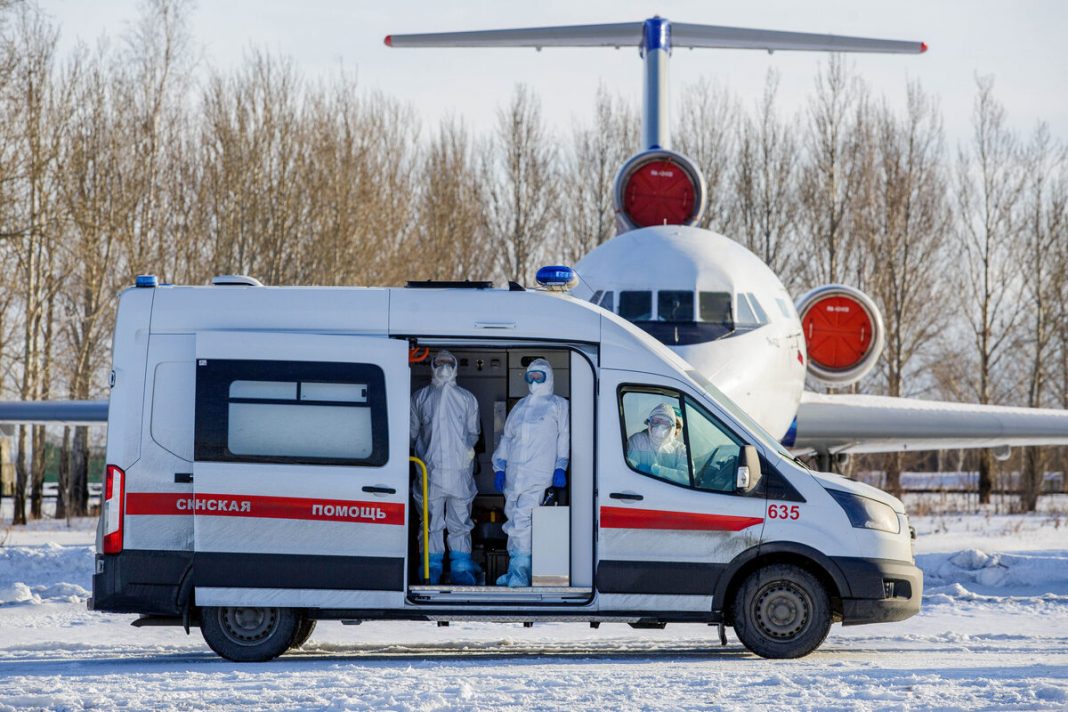Without a doubt, the COVID-19 pandemic was the central theme in the aviation industry during 2020. From retired aircraft to billion-dollar bailouts and job losses, it is safe to say that a year ago, nobody could’ve predicted where we’d be today. Let’s take a look at how the pandemic altered aviation in 2020.

Early days
In the early days of the pandemic, nobody was hugely worried about its impact. Indeed, members of the Simple Flying team remember thinking that it would all blow over.
Things began to change as the pandemic took hold of Wuhan, China. The city was eventually put into a state of lockdown by the Chinese authorities, leading to the Airport to close for 11 weeks from late January to early April.

However, the virus had already spread outside of the city. As cases began to rise across China, airlines such as British Airways and the Lufthansa Group cut routes to cities in the country, including Shanghai and Beijing.
The virus spreads to Europe
Despite efforts to contain the virus, it spread to Europe, initially taking hold of Italy. The virus became a central talking point at the Airlines for Europe conference in Brussels in March. However, airline CEOs still didn’t seem too worried about it at the time, expecting it to blow over.

Ryanair CEO Michael O’Leary told Simple Flying at the time,
“We expect this to evolve and spread in the next, my view is, the next couple of weeks up until the run-up to Easter. Thereafter, my guess is that you have general temperatures rising, probably a slow down in the spread of the virus across Europe just as we move from Spring into Summer”
Global travel grinds to a halt
Unfortunately, O’Leary was wrong, with the global travel industry grinding to a halt in April. His airline was left operating a skeleton service of just 20 routes from Stansted and Dublin. According to data from the TSA, the worst day of the crisis for the United States came on April 14th, when just 87,534 passengers traveled through checkpoints. For comparison, this sat at 2,208,688 the previous year, giving a drop of 96%.
Around the world, airlines began parking many aircraft, including the Airbus A380 and Boeing 747. Air France and Lufthansa both retired A380s, while Qantas, KLM, British Airways, Virgin Atlantic, and others began retiring their 747 fleets ahead of schedule. Some aircraft spared from retirement still went to aircraft graveyards for storage.

Bailouts and job losses
Many airlines sought bailouts from governments to deal with the financial impact of their businesses grinding to a halt. One of the largest saw Lufthansa granted a €9 billion ($11 billion) bailout. Many jobs were also lost as a result of the virus. In June, Lufthansa said that up to 26,000 job cuts were possible, although thankfully, some have since been avoided. Employees in the United States were slightly luckier because the terms of airline payroll assistance blocked layoffs and pay cuts. This support was recently extended to the end of March 2021.
Things started to get better (before the second wave)
Towards the end of the summer, it looked as though things were getting better. Many LCCs across Europe were rapidly increasing their schedules to cope with pent up travel demand. In August, Ryanair carried seven million passengers, only 53% fewer than the previous year. Meanwhile, TSA figures kept climbing.

Sadly it wasn’t to last as a second wave of the COVID-19 virus began to take hold. In November, Ryanair’s passenger numbers were down 82% to just two million.
Ending the year with travel bans and hope
This brings us to the end of the year, which was unexpected for many. Two new strains of the COVID-19 virus were spotted in the United Kingdom and South Africa. This saw many countries blocking travel from the two states right before Christmas.
There is hope, however. Vaccines for COVID-19 are starting to be rolled out worldwide. Many hope that by the end of 2021, they will have returned some normality to the world.
How do you think COVID-19 affected aviation in 2020? Let us know your thoughts in the comments!
[ad_2]
Source link


